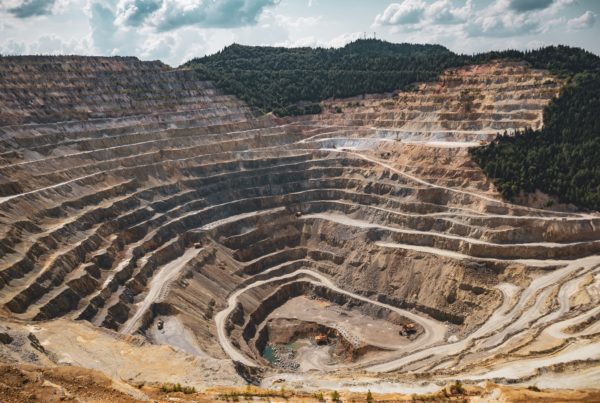
- Climate takes centre stage in the new Dutch coalition government’s plans
- Plan includes EUR 15bn for the development and scaling up of ‘advanced renewable energy carriers’
- With this earmarked subsidy, the credibility of the Dutch green hydrogen plans gets a big boost
In the recently published new Dutch coalition government plans, the climate chapter took centre stage with its ambitious climate plans. The new coalition backed its plans with a EUR 35bn Climate and Transition fund. A part of this, EUR 15bn, is earmarked for the development and scaling up of ‘advanced renewable energy carriers’. Although it is not immediately clear what is included in this definition, it definitely includes green hydrogen and e-fuels. With this dedicated subsidy, the credibility and financial robustness of the green hydrogen plans get a big boost. The Dutch now lead the Champions League for clean hydrogen.
New coalition puts its money where its mouth is
In 2020, the Dutch government presented its Government Strategy on Hydrogen. It included the ambition to scale up the installed electrolysis capacity to 3 to 4 GW by 2030. Although the strategy was accompanied by financial support schemes for pilots, in practice the projects often couldn’t qualify or the subsidies were insufficient to make a business case.
In the new coalition plans, the Climate and Transition fund contains a reservation of EUR 15bn for the scaling up and development of technology to produce ‘Advanced Renewable Energy Carriers’. Finally, almost two years after the presentation of its Government Strategy on Hydrogen, the Dutch government puts its money where its mouth is.
Scaling up green hydrogen requires EUR 5bn
The definition of ‘Advanced Renewable Energy Carriers’ that was used in the coalition’s plans is not a commonly used definition, and it isn’t clear what’s included and what isn’t. We think it will definitely include green hydrogen. We also assume that e-fuels are in scope. E-fuels are made of green hydrogen to which captured CO2 is added to produce e-methanol, e-kerosine, e-diesel, etc. We’re less certain about the inclusion of blue hydrogen given the fact that it isn’t produced from renewables but from natural gas or coal.
The scaling up of green hydrogen production capacity to 3 to 4 GW by 2030 requires EUR 5bn according to the government’s own calculations. The subsidies are necessary to get the projects through the valley of death until sufficient scale has been reached and costs drop. With EUR 15bn of subsidies for ‘Advanced Renewable Energy Carriers’ the EUR 5bn seem to be well covered.
The Netherlands are leading the clean hydrogen Champions League
So far, seven EU Member States have published a hydrogen strategy accompanied by dedicated government subsidies. When assessing the ambition of the seven EU Members, Germany has the highest ambition with a 10 GW target for 2030, followed by France and Italy with 6.5 GW each. However, the ambition must be supported with substantial subsidies in order to make the plans credible and robust. In Figure 1 we show the dedicated subsidies divided by the hydrogen ambitions by 2030. The result is the available subsidy in billion euros per GW electrolyser capacity.
Figure 1: The Netherlands leads the Champions League for clean hydrogen

Source: RaboResearch. * The Dutch green hydrogen ambition is to have installed 3 to 4 GW by 2030. We used 3.5 GW in this calculation. We have also assumed that the Dutch government will make EUR 5bn available in subsidies. The new coalition in Germany has increased its ambition to 10 GW but hasn’t matched this higher target with higher subsidies yet.
With the newly announced dedicated subsidies for hydrogen in the new coalition plans, the Dutch now take the lead among the seven EU Members States in the clean hydrogen Champions League. The Dutch have EUR 1.4bn subsidy available per GW. While the new German coalition has increased the electrolyser target from 5 to 10 GW by 2030, it hasn’t increased the dedicated subsidies yet. As a result, the Germans fall back to a third position behind France.
Author(s)
- Hyung-Ja de Zeeuw
- RaboResearch Netherlands, Economics and Sustainability
Read the most up to date Fuel Cell and Hydrogen Industry news at FuelCellsWorks




